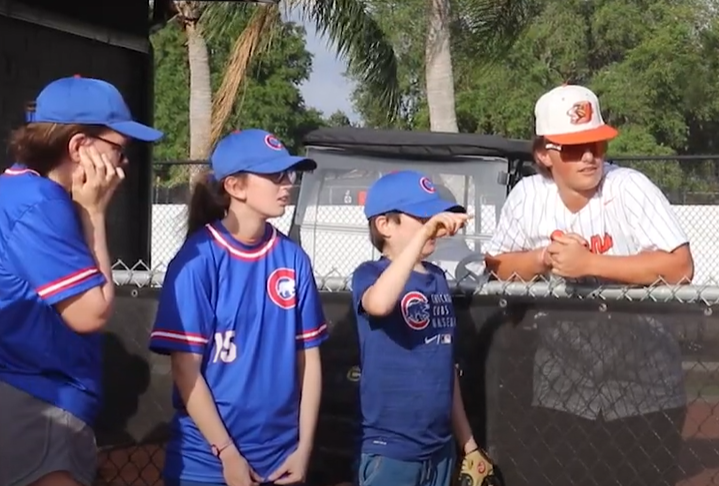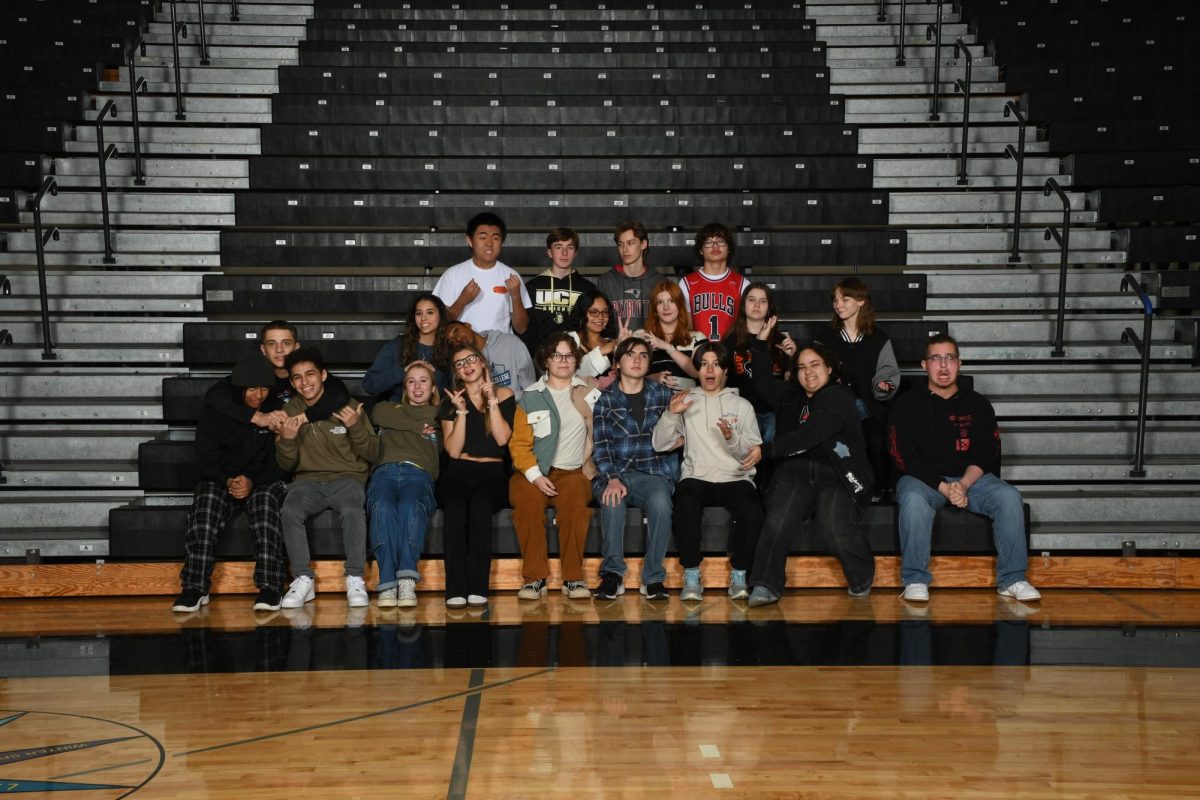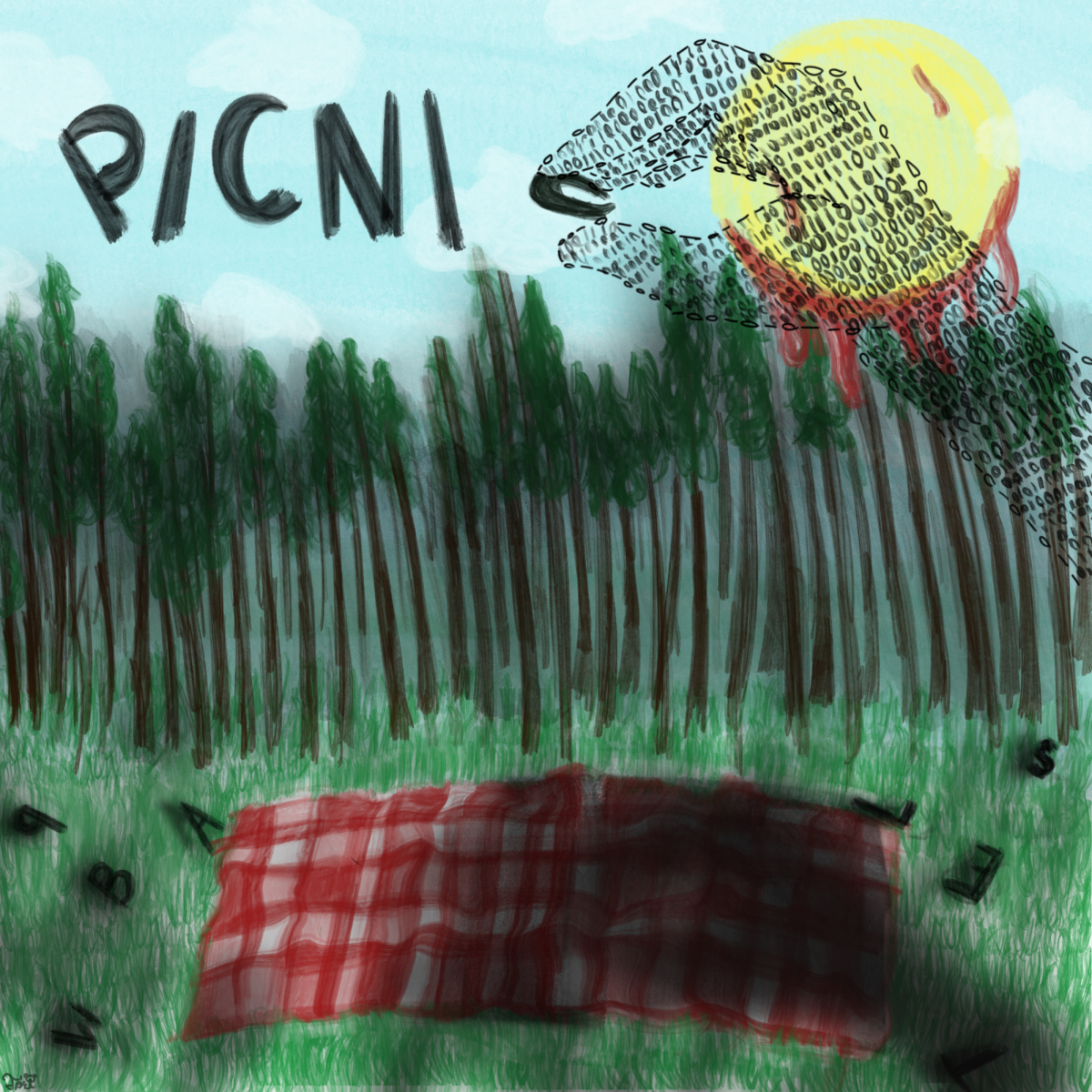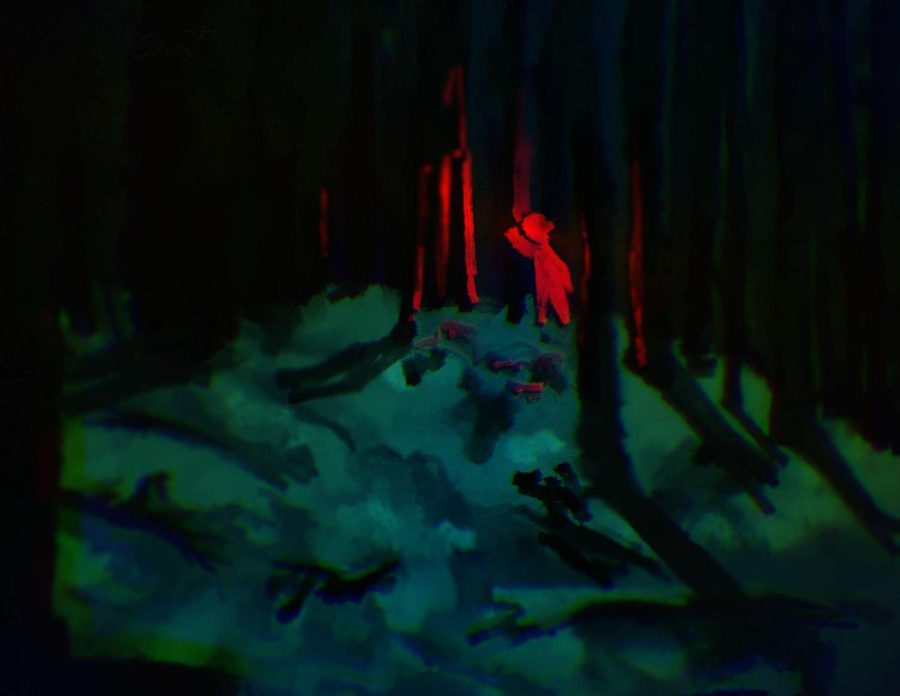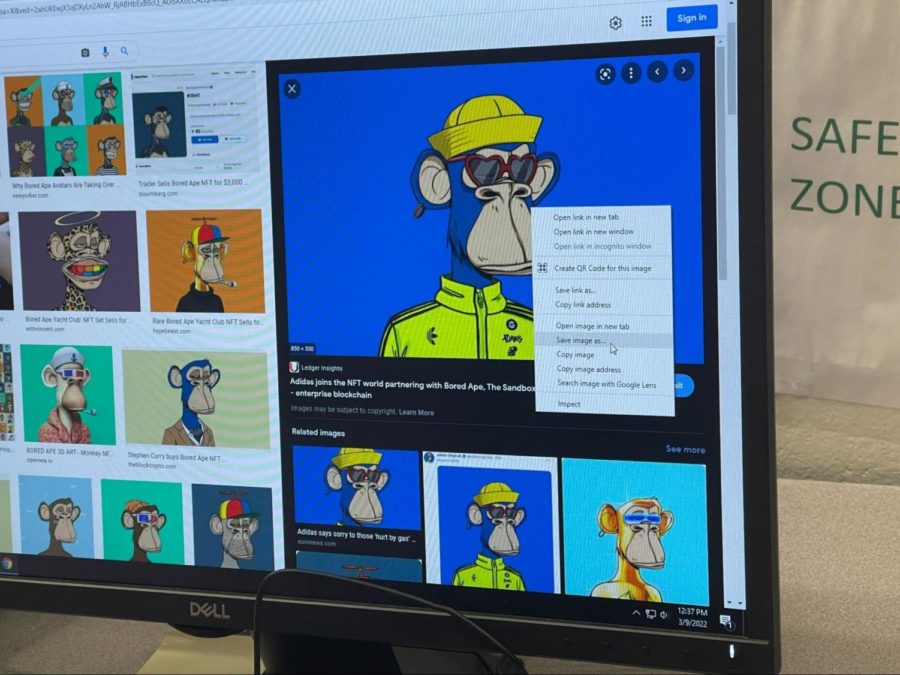Digital Beanie Babies: Why NFTs are rightfully panned
Student Joemi Cordonero shows NFT’s can easily be saved to one’s computer, defeating their purpose.
WEB EXCLUSIVE
The most controversial technological idea from the past few years has been the concept of NFTs, or “non-fungible tokens.” While not seeming particularly controversial at their surface, the environmental and moral issues with them have become apparent. NFTs, in popular usage, have become a moral litmus test of sorts; one’s dislike of them is enough to indicate a level of morality and understanding.
While NFTs are an illogical and frankly useless idea, one’s dislike of them must be properly informed. The concept of NFTs is not easy to define; they are a relatively complex computing concept, and one will always be met with disagreement no matter how they define it. Essentially, when one buys an NFT of an image, they are buying a link to an image that is stored on a blockchain. They are not buying the image itself. This makes NFTs very vulnerable to being hacked or lost; it is not a good way to buy or sell artwork or media. The mechanism itself is flawed.
The most common, and most serious, objection to NFTs is their environmental impact. This is because the technology used to mine and mint NFTs uses up an extremely large amount of energy; simply put, in a time where people and governments are increasingly concerned about human impact on the environment, this technology is not wanted or needed. While it is true that most environmental damage comes from large corporations and governments, not individuals, wasteful technologies like NFTs only make the problem worse.
The main selling point for NFTs is that they help ensure that artists are paid for their work. However, this point is dubious, as the technology used for NFTs is inherently unstable. Furthermore, there have been many instances of artist’s work being stolen to mint NFTs. Art theft in NFT communities has become such an issue that one of the creators of NFTs, developer Anil Dash, has effectively “disowned” the technology in an article for The Atlantic.
It is clear that NFTs can be likened to “digital Beanie Babies.” Even so, the infamous Beanie Babies have a clear advantage over NFTs as they have more of an objective value; they can be held and touched and sold. NFTs, however, are simply a link to an image. It begs the question- are NFTs really a way for artists to protect and sell their work, or are they simply the next fad pushed by wealthy tech executives?
Your donation will support the student journalists of Oviedo High School. Your contribution will allow us to purchase equipment and cover our annual website hosting and printing costs. Thank you!

![Prom king Colin Napier and queen Leah Hopkins dance the night away during the Golden Gala on April 26th. Prior to the prom, the Student Government must make many preparations over the course of months in order to ensure it goes off without a hitch. However, their work eventually pays off when it comes time for the dance. “We set up [the prom] the day before, and it’s horrible. We’re there for a very long time, and then we get our beauty sleep, and then we get ready for prom the next day,” Aubrie Sandifer said.](https://oviedojournalism.com/wp-content/uploads/2025/05/Oviedo-197-800x1200.jpg)






![Hopkins at Honor Grad with golf coach John McKernan. As Hopkins’ golf coach for the last two years he has seen Hopkins’ growth as a player and person along with their contributions to the team. “[Hopkins] has just been really helpful since I took [the golf team] over, just anything I wanted to do I ran by [Hopkins],” said McKernan.](https://oviedojournalism.com/wp-content/uploads/2025/05/B66A7760-800x1200.jpg)


